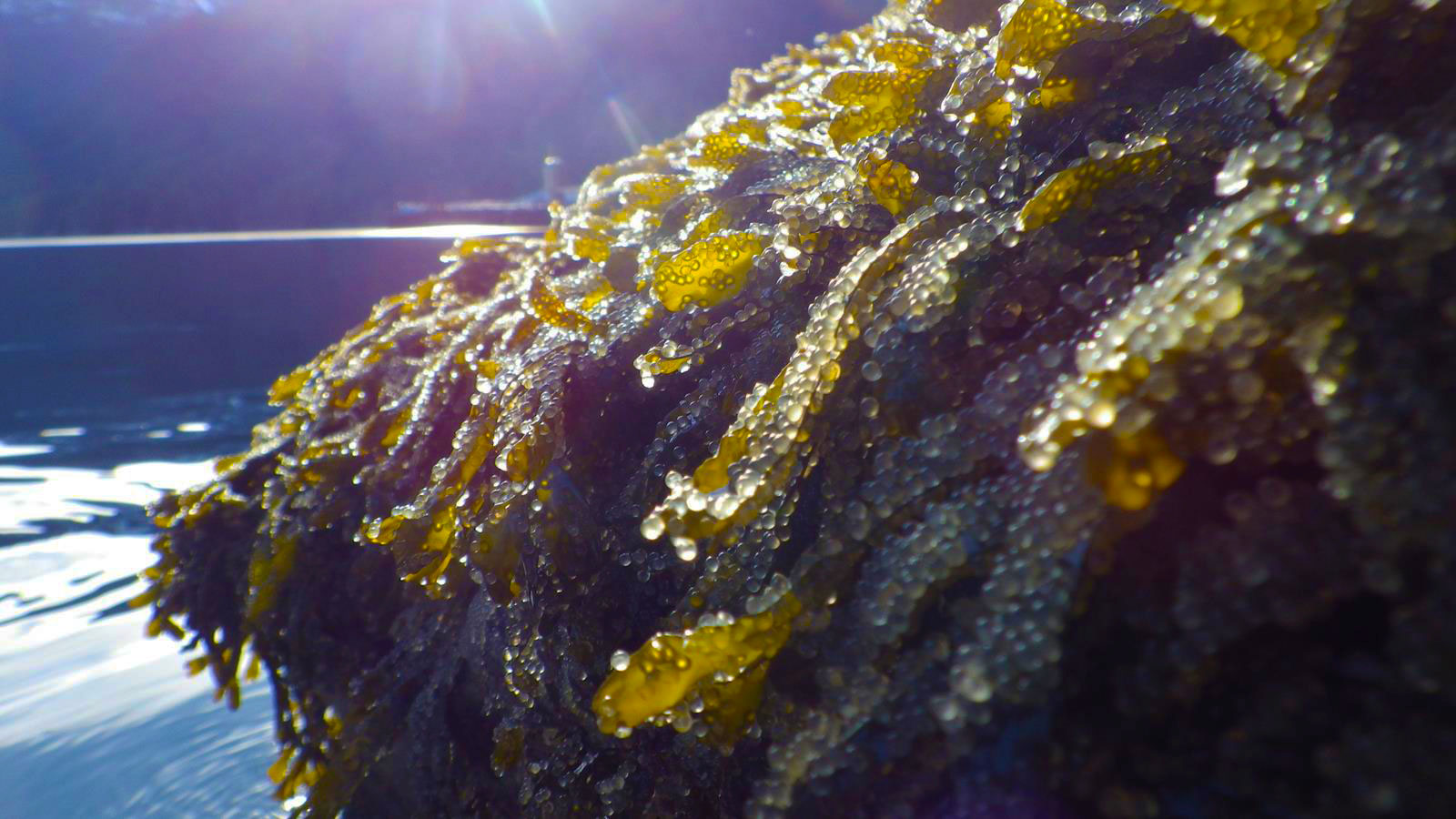
Don't let Woodfibre LNG pollute Átl’ḵa7tsem / Howe Sound
923 signed. Let's get to 1000.
Woodfibre LNG is trying to weaken environmental regulations related to underwater noise, water quality, and sediment quality to avoid responsibility for its pollution.
This company already has a history of toxic spills, and was recently found to be non-compliant with the conditions of its environmental assessment certificate.
Please take a moment to send a letter to Minister Steven Guilbeault and call on him to hold Woodfibre LNG to the highest standards based on the latest science.
Personalized letters are much more impactful. Share why Átl’ḵa7tsem / Howe Sound is special to you.
Why is this important?
Woodfibre LNG is a proposed Liquefied ‘Natural’ Gas (LNG = fracked gas) export project near Squamish (Sḵwx̱wú7mesh), British Columbia (learn more). The project is regulated by the Provincial government, the Federal government, and Squamish Nation.
Woodfibre LNG is trying to weaken the conditions of its Federal environmental assessment certificate and avoid responsibility for its pollution.
Woodfibre LNG is owned by Sukanto Tanoto, a notorious billionaire from Indonesia whose companies have a history of tax evasion and profit shifting, human rights violations (including child labour), animal rights violations, and environmental destruction.
Woodfibre LNG has already had a leachate spill in 2016. Earlier this year, Woodfibre LNG was issued a warning that the project is non-compliant with the Environmental Assessment Certificate notification and submission requirements, and twelve of its conditions.
How can we trust that Woodfibre LNG will manage underwater noise and effluent discharge responsibly when the company already has a history of failing to comply with basic regulations?
Minister Steven Guilbeault is the final decision maker, and he can turn down these proposed changes to conditions if it increases adverse effects. “Pursuant to section 68 of the Impact Assessment Act, it is the Minister's decision to add, remove or amend a condition if they are of the opinion that doing so will not increase the extent to which the effects are adverse.”
Proposed changes to conditions
Condition 3.8 - underwater noise
Condition 3.8 currently requires Woodfibre LNG to stop construction if marine mammals came close enough that the underwater noise would disturb or injure them.
But Woodfibre LNG has complained that it's not "technically or economically feasible" to meet this condition, and has requested that the monitoring area for seals and sea lions during pile driving be reduced from 7,322 metres to just 125 metres.
If granted, this amendment would allow Woodfibre LNG to expose seals and sea lions to underwater noise up to 190 decibels during construction. This is equivalent to repeat shotgun blasts.
Condition 6.4 - water quality and sediment
Woodfibre LNG wants to amend this condition so that it is only responsible for water quality and sediment during operation and construction.
Woodfibre LNG also wants to limit its responsibility for contaminants attributable to the project.
Finally, Woodfibre LNG wants to limit mitigation measures to only those that reduce associated risk to human health.
In its submission, Environment and Climate Change Canada flagged several errors and misrepresentations in IAAC's draft analysis report, and it appears from their submission that the proposed changes to condition 6.4 could increase the adverse effects of the project. This is a big red flag.
Permission to pollute?
Woodfibre LNG has recently applied to the BC Energy Regulator for a permit to dump thousands of tonnes of effluent into Átl’ḵa7tsem / Howe Sound.
The company is proposing to discharge over 1,600 cubic meters of effluent per day, with a pH ranging between 5.5 pH (acidic) and 9 pH (basic). The effluent contains sediments, dissolved metals, and organic compounds.
This is a toxic site with lots of contaminants from the old pulp mill. With the quantity of effluent and the wide range in pH, all it will take is one mistake to wipe out the biodiverse ecosystems nearby.
References
- Application from Woodfibre LNG: https://iaac-aeic.gc.ca/050/documents/p80060/145526E.pdf
- Draft Analysis from IAAC: https://iaac-aeic.gc.ca/050/documents/p80060/145527E.pdf
- IAAC decision statement + conditions (2018): https://iaac-aeic.gc.ca/050/evaluations/document/121926
- OceanWatch report on underwater noise: https://oceanwatch.ca/bccoast/development/underwater-noise/
- OceanWatch report on pulp mill pollution: https://oceanwatch.ca/howesound/clean-water-3/pulp-mill-effluent-2-4/
- Submission from Environment and Climate Change Canada highlighting issues with proposed changes.
- Recommendations from Department of Fisheries and Oceans based on outdated science.
- Submission from My Sea to Sky
- Submission from Sunshine Coast Conservation Association
- Submission from Howe Sound Biosphere Region Initiative
- Submission from Fiona Beaty, PhD candidate in Zoology at UBC
- Submission from Raincoast Conservation Association